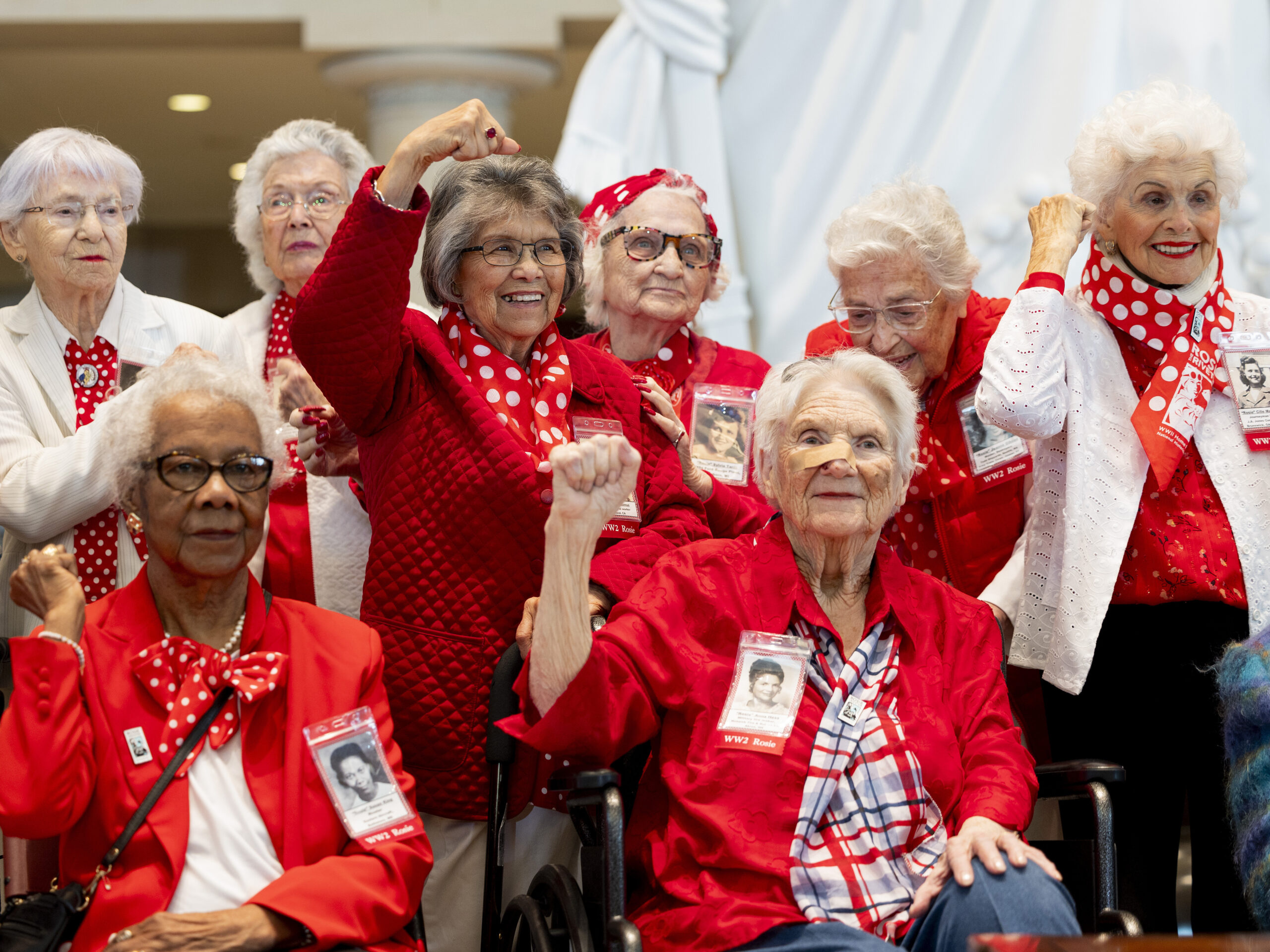Larry Meiller visits with the editor of a collection of Civil War letters sent between a Wisconsin husband and wife.
Featured in this Show
-
Civil War Letters Highlight Wisconsin’s Involvement In Conflict
The American Civil War era continues to fascinate the public and even though Wisconsin doesn’t enter into the history as often other states like Virginia, Maryland or Kentucky, the Badger State sent many soldiers to fight for the Union.
The impact of having so many able-bodied men sent away from months or years at a time was felt on farms in and cities throughout the state. As many contemporary historians note, some of the most interesting stories to read from that time are accounts that come not from the movers and shakers who were leading the country or directing the war, but from the everyday people at war and on the home front. Letters provide such an intimate look at this time in the nation’s history.
One of those proponents of this idea is Judy Cook, the editor of “A Quiet Corner of the War: The Civil War Letters of Gilbert and Esther Claflin, Oconomowoc, Wisconsin, 1862–1863,” who tours universities and historical societies in the U.S. and United Kingdom to perform multimedia presentations based on the Claflin letters and songs of the Civil War years.
Cook has a special interest in the Claflins’ correspondence because they were her maternal great-great-grandparents — although they weren’t a known part of her family history. Cook found them in 2002 in a box of papers that had come from her mother’s home after she had passed away.
“I was going through one of these boxes,” she said, “And down underneath … was this packet of Civil War letters. It was just the most amazing experience!”
What makes the find even more rare is that Cook found letters in both directions — and not only between Gilbert and Esther, but also letters between their sons Price and Elton and their father. That provides not just a sense of continuity, as questions and answers are both available. It also gives equally valuable insights into life on the home front and life in the military camps during the war.
Of course, just finding the letters wasn’t enough. There was the challenge of organizing and using them. There are difficulties in reading handwritten letters from any period, but Cook shared that Civil War-era vocabulary and writing posed some definite challenges.
“I started out by using two pairs of reading glasses, one on top of the other!” she said.
Cook explained what some of the particular difficulties were.
“Some of the letters were very faint, and some of the spelling was very creative, and punctuation non-existent,” she said.
Eventually, she decided to scan the letters in order to minimize damage to the originals. That also allowed her to magnify them and enhance the images for better readability.
Surprisingly, letters only took four to five days on average to go between the front and home, “sometimes even more quickly than that,” she added. Cook explained that mail trains came to camp regularly and the men would come to the mail tent to retrieve their letters. Cook said that Gilbert and Esther wrote to each other at least once a week during the nine months that Gilbert was enlisted.
For another look at a Wisconsin family’s experiences during the Civil War, “Letters Home to Sarah: The Civil War Letters of Guy C. Taylor, Thirty-Sixth Wisconsin Volunteers” is also an account based on letters.
In addition, the Wisconsin Historical Society has a tremendous Civil War collection, much of it digitized.
Episode Credits
- Larry Meiller Host
- Judith Siers-Poisson Producer
- Judy Cook Guest
Wisconsin Public Radio, © Copyright 2024, Board of Regents of the University of Wisconsin System and Wisconsin Educational Communications Board.


